Optimal Placement Strategies: Where to Position Your Air Purifier in the Bedroom
Key Takeaways
- Early Detection is Critical for Health Protection: Learning how to test for mold involves recognizing both visible signs (discolored patches, peeling paint) and subtle indicators (musty odors, unexplained health symptoms). Early identification prevents serious health complications and costly structural damage.
- Professional Testing Provides Comprehensive Assessment: While DIY methods exist, professional air quality test for mold services offer superior accuracy using advanced equipment, laboratory analysis, and certified expertise. They can detect hidden mold growth and provide detailed reports with specific remediation recommendations.
- Smart Monitoring Enables Proactive Prevention: Modern technology answers the question "do air quality monitors detect mold" by focusing on prevention rather than detection. Smart monitors like Sensibo track humidity levels and environmental conditions that promote mold growth, sending alerts before problems develop.
- Understanding Test Results Guides Appropriate Response: Interpreting mold spore counts and identifying mold types is essential for determining health risks. Toxic molds like Stachybotrys require immediate attention regardless of concentration, while other common molds may be manageable through environmental controls.
- Health Symptoms Should Prompt Immediate Testing: Unexplained respiratory issues, allergies, skin irritation, or neurological symptoms among occupants warrant immediate mold testing. Vulnerable populations including children, elderly individuals, and those with compromised immune systems face heightened risks from mold exposure.
Air purifiers are designed to remove harmful particles, allergens, and pollutants from the air, ensuring clean and fresh air. They come equipped with advanced filtration systems that capture various pollutants, including dust, pollen, pet dander, and volatile organic compounds (VOCs). While air purifiers may not solve all indoor air quality issues, they are a powerful tool for creating a healthier living environment.
The article focuses on the crucial aspect of air purifier placement within the bedroom, as it significantly impacts its effectiveness and the quality of air you breathe during sleep. By providing comprehensive guidance on optimal placement strategies, the article aims to help readers optimize their bedroom air purifier placement for a more restful and healthier night's sleep. By optimizing the placement of their air purifier, individuals can breathe easier and sleep better, contributing to a healthier and more productive environment.
Factors to Consider Before Placement
The dimensions and layout of your bedroom are paramount when determining the optimal placement for your air purifier. Take into account the following considerations:
- Room Size: The size of your bedroom directly affects the air circulation and distribution. Larger rooms may require strategically placed air purifiers or a unit with a higher Clean Air Delivery Rate (CADR) to effectively filter the entire space.
- Furniture Placement: Consider the placement of furniture, such as beds, dressers, and nightstands, as they can obstruct air flow. Ensure that your air purifier has sufficient space to draw in and circulate air without obstruction.
Air Purifier Capacity and Coverage Area
Understanding your air purifier's capacity and coverage area is essential for effective air purification. Consider the following factors:
- Clean Air Delivery Rate (CADR): The CADR rating of your air purifier indicates its ability to remove specific pollutants from the air. Match the CADR of your purifier to the size of your bedroom for optimal performance.
- Coverage Area: Check the manufacturer's specifications to determine the maximum square footage that your air purifier can effectively clean. Ensure that your unit is appropriate for your bedroom's size.
Types of Air Pollutants in the Bedroom
Identifying the types of pollutants present in your bedroom air is vital in choosing the right air purifier and placement:
- Allergens: If allergies are a concern, consider the presence of common allergens like dust mites, pollen, pet dander, and mold spores. Opt for an air purifier equipped with HEPA filters, which excel at capturing these allergens.
- Odors and VOCs: For addressing odors and volatile organic compounds (VOCs) from cleaning products or off-gassing from furniture, select an air purifier with activated carbon filters.
- Smoke and Particles: If you're dealing with smoke or fine particles from sources like cooking or nearby industrial areas, an air purifier with both HEPA and activated carbon filters is recommended.
Electrical Outlet Availability
Your choice of smart air purifier placement should also consider the availability of electrical outlets in your bedroom:
- Proximity to Outlets: Ensure that the chosen location for your air purifier is near an electrical outlet to power the unit without the need for lengthy extension cords.
- Cord Management: Be mindful of cord placement to prevent tripping hazards and to maintain a tidy appearance in your bedroom.
By carefully considering these factors before placing your air purifier in the bedroom, you can maximize its efficiency and effectiveness in creating a healthier indoor environment for a restful night's sleep.
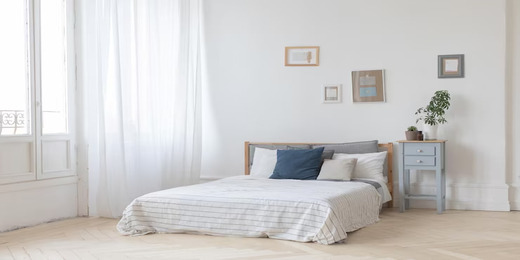 Choosing the Right Spot
Choosing the Right Spot
Central Location
Advantages of placing the air purifier in the center of the room:
- Maximum Coverage: A central location allows the air purifier to efficiently reach all corners of the room, ensuring comprehensive air purification. This ensures that pollutants are not concentrated in one area and that the entire room benefits from improved air quality.
- Balanced Airflow: A central placement promotes balanced airflow, preventing the formation of stagnant pockets of air. This helps maintain consistent air quality throughout the room.
- Efficient Pollutant Removal: Air purifiers are most effective when they can draw in air from all directions. A central position optimizes the air purifier's ability to capture particles and contaminants efficiently.
To further enhance the effectiveness of your air purifier in a central location, consider these additional steps:
- Ceiling Fans: If your bedroom has a ceiling fan, using it on a low setting can help distribute purified air more evenly. This prevents the buildup of stagnant air and ensures that the entire room benefits from improved air quality.
- Regular Maintenance: Keep the air purifier's intake and exhaust vents clear of obstructions, which will help maintain balanced air circulation. Follow the manufacturer's guidelines for filter replacement and cleaning to ensure optimal performance.
- Monitor Airflow Patterns: Pay attention to airflow patterns in your bedroom, and if you notice areas with poor circulation, consider using strategically placed fans to assist the air purifier in circulating clean air more effectively.
Near the Bed
Benefits of having the air purifier near your sleeping area:
- Personalized Clean Air: Having the air purifier close to your sleeping area ensures that you receive a continuous supply of purified air while you sleep. This can be particularly beneficial for individuals with allergies or respiratory issues.
- Allergen Control: If you suffer from nighttime allergies or asthma, having a smart air purifier nearby can help remove allergens like pollen, dust mites, and pet dander from the air, potentially reducing allergy symptoms and asthma triggers.
By positioning the air purifier near your bed, you can create a localized zone of cleaner air, which can be especially comforting for those with respiratory conditions. Ensure that the air purifier is placed at a safe distance from your head to avoid direct air exposure during sleep.
Away from Obstacles
- Avoiding obstructions that hinder air flow: When placing your smart air purifier, be mindful of potential obstructions that could impede airflow. Common obstructions may include furniture, curtains, or cluttered spaces. Avoid placing the air purifier in a spot where its intake or exhaust vents might be blocked.
- The importance of maintaining clearance around the air purifier: To maintain the optimal performance of your air purifier, it's essential to keep a clear area around it. Adequate clearance ensures that the purifier can draw in and expel air without restrictions, allowing it to efficiently filter pollutants and maintain consistent air quality in your bedroom.
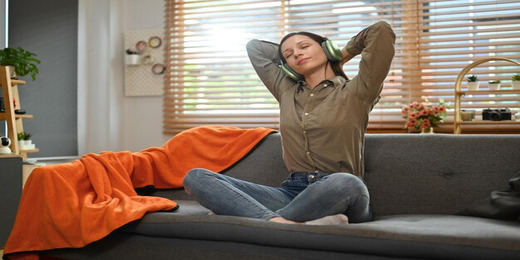 Height Matters
Height Matters
Floor-Level Placement
Placing your air purifier at floor level can be advantageous when dealing with specific types of pollutants. Heavier particles, such as dust, pet hair, and certain allergens, tend to settle closer to the ground. By positioning the air purifier near the floor, you create an environment where it can effectively capture these heavier particles.
A floor-level smart air purifier can more efficiently target and remove particles that accumulate on the ground, preventing them from becoming airborne again. This is especially beneficial for individuals with allergies or respiratory conditions, as it reduces their exposure to irritants.
In addition to targeting heavier particles, floor-level placement offers other advantages:
- Enhanced Efficiency: Placing the air purifier near the ground takes advantage of natural air circulation patterns. As air near the floor rises, it carries pollutants upward toward the air purifier, ensuring that they are effectively filtered out.
- Reduced Allergen Accumulation: By preventing allergens and pollutants from settling on the floor, you create a cleaner and healthier living environment. This can lead to improved indoor air quality and a reduction in allergy symptoms.
- Odor Control: If your primary concern is addressing odors or gases that tend to collect near the floor, such as pet odors or fumes from household products, a floor-level air purifier can be particularly effective in removing these pollutants.
While floor-level placement has its advantages, it's important to consider the specific needs and sources of pollutants in your bedroom. In some cases, a table or nightstand placement at a higher level may be more suitable for addressing certain airborne contaminants or achieving optimal air circulation. Ultimately, the choice of height for your air purifier should align with your specific air quality concerns and room layout.
Avoiding Drafts and Direct Sunlight
Drafts, whether from open windows, doors, or ventilation systems, can have a detrimental effect on the efficiency of your air purifier. Here's why:
- Pollutant Redistribution: Drafts can disrupt the natural flow of air within a room, causing pollutants to be redistributed instead of being captured and filtered. Airborne particles, allergens, and pollutants may be carried away from the air purifier, diminishing its effectiveness.
- Increased Workload: When dealing with drafts, air purifiers need to work harder to maintain consistent air quality. This increased workload can lead to faster wear and tear on the unit and may necessitate more frequent filter replacements.
- Inefficient Filtration: Drafts can introduce contaminants from outside, making it challenging for the air purifier to filter them effectively. This is especially problematic in areas with high outdoor pollution levels or allergen sources.
Exposing your smart air purifier to direct sunlight may seem harmless, but it can have adverse effects on its performance and longevity:
- Overheating: Direct sunlight can cause the air purifier's internal components to heat up, potentially leading to overheating and reduced operational efficiency. Prolonged exposure to high temperatures may also shorten the lifespan of the unit.
- UV Radiation: Sunlight contains ultraviolet (UV) radiation, which can degrade the materials used in the air purifier's filters and other components over time. UV exposure may cause filters to deteriorate, reducing their effectiveness in capturing particles and pollutants.
- Discoloration and Damage: Prolonged exposure to sunlight can cause the exterior of the air purifier to fade, discolor, or become damaged. This not only affects the aesthetics but can also impact the overall functionality of the unit.
- Reduced Efficiency: When an air purifier is exposed to direct sunlight, it may need to work harder to cool itself down, potentially leading to increased energy consumption and higher operating costs.
To ensure the optimal performance and longevity of your air purifier, it's essential to perfectly place it in a location where it is shielded from drafts and direct sunlight. This will help maintain consistent air quality and prevent unnecessary wear and tear on the unit, ultimately contributing to a healthier and more efficient air purification process.
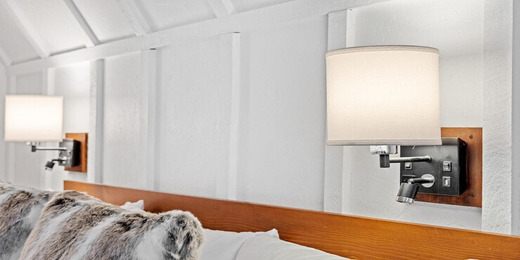 Noise Levels
Noise Levels
Evaluating the noise levels of your air purifier is crucial, as excessive noise can disrupt your sleep and overall comfort. Here's how to assess the noise it produces:
- Decibel (dB) Rating: Check the manufacturer's specifications for the decibel rating of your air purifier. This rating indicates the unit's noise level during operation. Lower dB ratings correspond to quieter operation.
- Noise Settings: Most air purifiers offer different fan speed settings, each producing varying noise levels. Experiment with these settings to find the balance between effective air purification and acceptable noise levels for your sleep environment.
- White Noise vs. Disturbance: Some people find that a low-level, consistent white noise from an air purifier can actually promote better sleep by masking other disruptive sounds. However, if the noise becomes a disturbance, adjustments may be necessary.
Strategies to Minimize Noise Disruption During Sleep
While some level of noise is inevitable with any mechanical device, there are strategies you can employ to mitigate noise disruptions caused by your air purifier:
- Distance from the Bed: Position a smart air purifier at a reasonable distance from your sleeping area. Placing it across the room or using a fan to help distribute the purified air can reduce the direct noise exposure.
- Noise Control Settings: Opt for lower fan speed settings during nighttime hours. Most air purifiers have a quieter "sleep" or "night" mode designed to reduce noise while maintaining effective filtration.
- Timed Operation: If your air purifier has a timer feature, consider setting it to run during the day when you're not in the bedroom or to turn off after a few hours of sleep.
- Soundproofing: Use soundproofing techniques like heavy curtains, rugs, or acoustic panels to absorb or block noise, especially if your bedroom is situated near a noisy environment.
- Dual-Purpose White Noise: Some air purifiers are equipped with built-in white noise generators. These can be used to mask disruptive sounds and promote better sleep while simultaneously purifying the air.
- Bedroom Layout: Rearrange your bedroom layout to position the bed and other furniture away from the direct path of the air purifier's noise, if possible.
- Earplugs or Noise-Canceling Devices: If all else fails, consider using earplugs or noise-canceling devices designed for sleep to help block out any remaining noise disturbances.
Remember that individual tolerance for noise varies, so what may be acceptable for one person may not work for another. It's important to find the right balance between effective air purification and a peaceful sleep environment that suits your personal preferences and needs.
FAQ
Where should I place my air purifier in my bedroom for maximum effectiveness?
The best place to put an air purifier is in a central location within your bedroom, as this allows for maximum coverage and balanced airflow throughout the entire space. This positioning ensures the unit can efficiently reach all corners of the room and prevent stagnant air pockets from forming.
Is it better to place my air purifier on the floor or on a nightstand?
Floor-level placement is ideal for capturing heavier particles like dust, pet hair, and allergens that tend to settle near the ground. However, if your primary concern is airborne particles or you need to avoid obstacles, placing it on a nightstand or table can also be effective, as long as there's adequate clearance around the unit.
Can I place my air purifier directly next to my bed?
Yes, placing your air purifier in your bedroom near your sleeping area can provide personalized clean air and is particularly beneficial for people with allergies or respiratory issues. Just ensure it's positioned at a safe distance from your head to avoid direct air exposure during sleep.
What should I avoid when deciding on air purifier placement?
Avoid placing your unit near drafts from windows, doors, or vents, as these can disrupt airflow and reduce efficiency. Also, keep it away from direct sunlight, which can cause overheating and damage internal components. Ensure there are no obstructions like furniture or curtains blocking the intake and exhaust vents.
How do I minimize noise disruption from my air purifier while sleeping?
Use lower fan speed settings or "sleep mode" during nighttime hours, position the unit at a reasonable distance from your bed, and consider using the timer feature to reduce operation during peak sleep hours. Some people find the consistent white noise actually helps with sleep by masking other disruptive sounds.


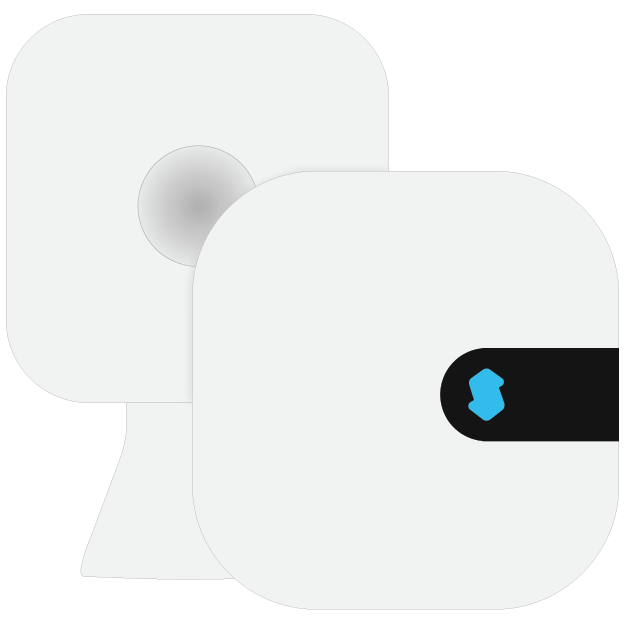

























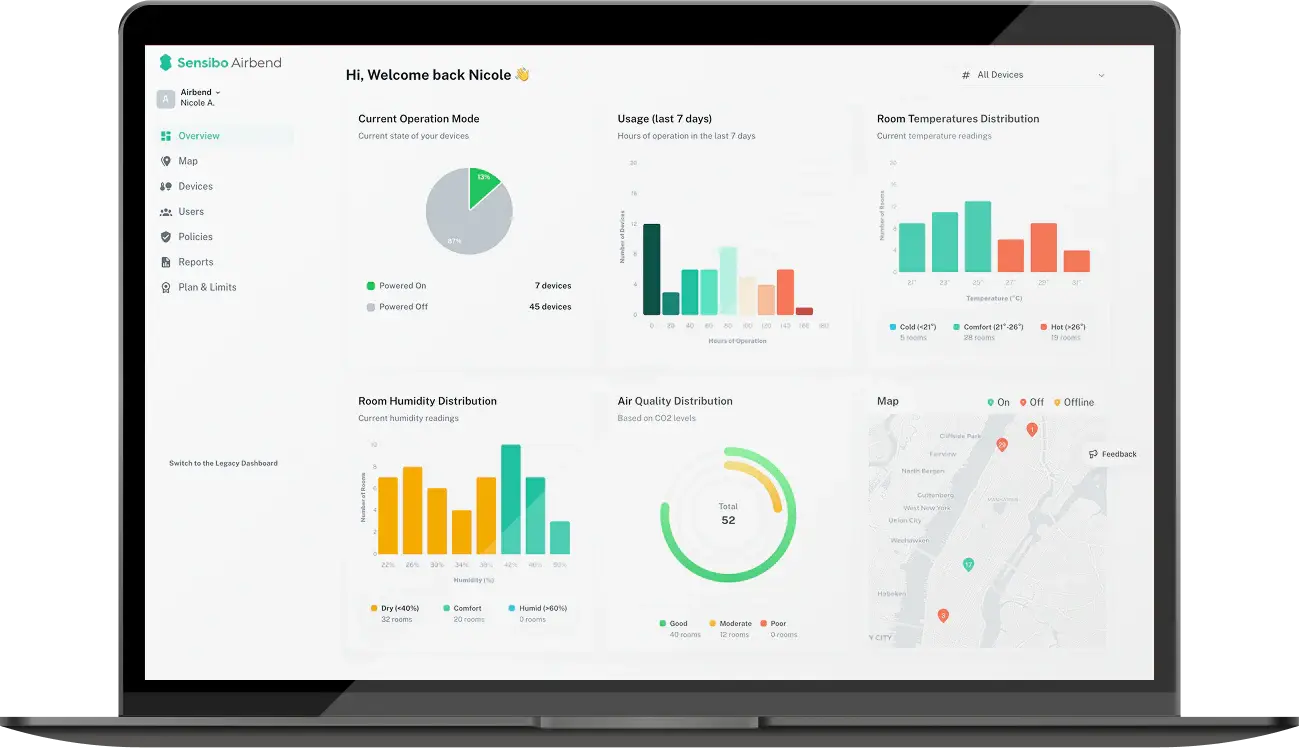





.jpg)
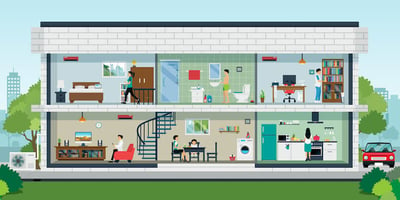

.jpg?height=200&name=photo_2024-04-24_20-21-17%20(1).jpg)
.jpg?height=200&name=image6%20(2).jpg)